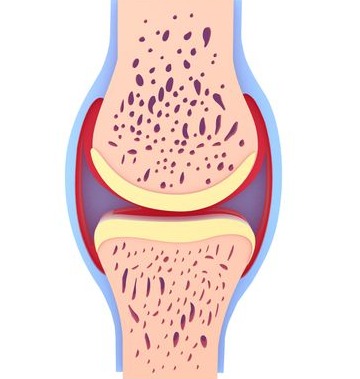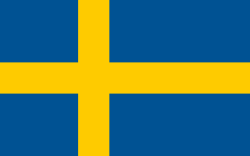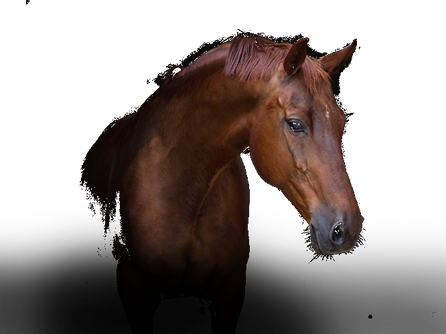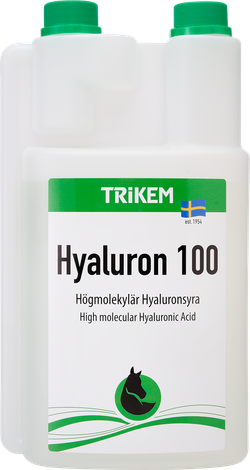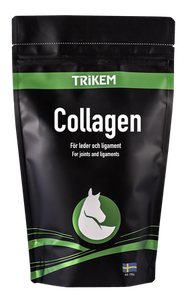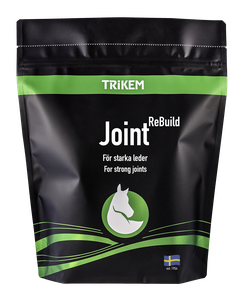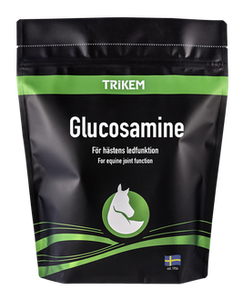Academy
/
Häst
/ Joints and Muscles / What is a joint?
What is a joint?
The primary purpose of a joint is to enable movement in different directions and to transfer movement energy when the horse moves.
In simple terms, a joint is the space between two bones, but in reality, it consists of several parts that together form a joint complex. The main function of the joint is to allow movement in different directions and transfer movement energy as the horse moves. The horse has different types of joints, with the most common being the synovial joint, such as the fetlock joint.
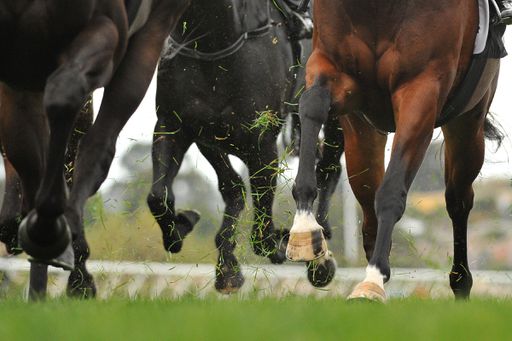
Articular cartilage
The articular cartilage on the bone ends forms a smooth surface that reduces friction between the bones during movement. Cartilage in a healthy joint is continuously renewed, but for this to happen, the right building blocks are required, and the joint needs to undergo some load. Cartilage is made up of cells, primarily different types of chondrocytes. The outermost layer of cartilage mainly consists of collagen and oval cartilage cells. Cartilage has no direct blood supply; it gets its nutrition from the synovial fluid.
In young individuals, cartilage metabolism is active, and the cartilage is renewed and maintained in good condition unless there is extreme wear. However, it has been observed that cartilage regeneration slows down in older individuals.
Joint capsule
The joint capsule encloses the entire joint and is connected to nerves and blood vessels, allowing it to receive and transport nutrients to the synovial fluid and the joint. Inside the joint capsule is a synovial membrane, a tissue containing two cell types: Type A and Type B synoviocytes. Type B’s primary function is to produce hyaluronic acid and collagen. Collagen is involved in the formation of fibrils that give the articular cartilage its stability, stiffness, and ability to resist various tensile forces. Collagen fibrils can be considered as the reinforcement bars of cartilage. Collagen is also a component of the tendons, ligaments, and muscles surrounding the joint, providing stability.
Joint fluid
Synovial fluid, also known as joint fluid, is a yellowish, viscous liquid whose primary function is to lubricate the joint and reduce friction. It also supplies the cartilage with nutrients in the form of sugars, electrolytes, enzymes, and hyaluronic acid. Hyaluronic acid is found both in the cartilage and freely in the synovial fluid. Hyaluronic acid gives the synovial fluid its shock-absorbing ability by attracting water and increasing its viscosity, i.e., how thick and viscous it is.
Ligament
Ligaments are connective tissue that stretches across a joint from one skeletal part to another. They contribute to the stability of the joint and ensure the joint moves in the direction it is intended to. Ligaments are largely composed of the proteins collagen and elastin.
Collagen makes the ligaments strong, and elastin makes them elastic. Ligaments have a direct blood supply, and they get their nutrients from the blood. The suspensory ligament is an example of a ligament.
Tendons
Tendons are also part of the joint complex. All muscles attach to the skeleton through a muscle attachment, which then transitions into a tendon. Some tendons are long and narrow, while others are short attachments between muscles and the skeleton. It is thanks to the tendons and the muscles they are attached to that we are able to move and that our joints function.
